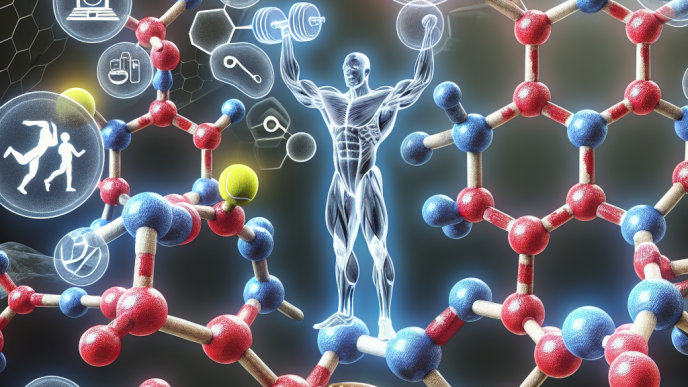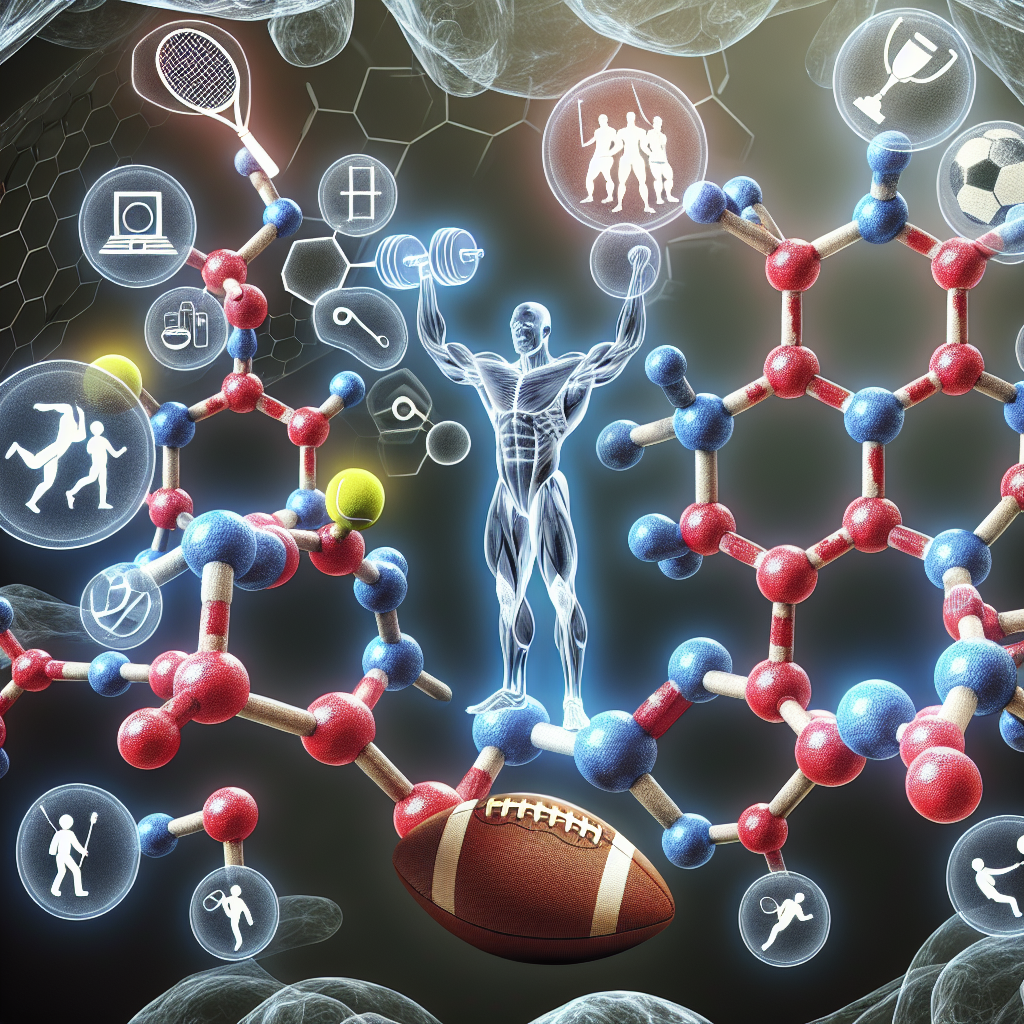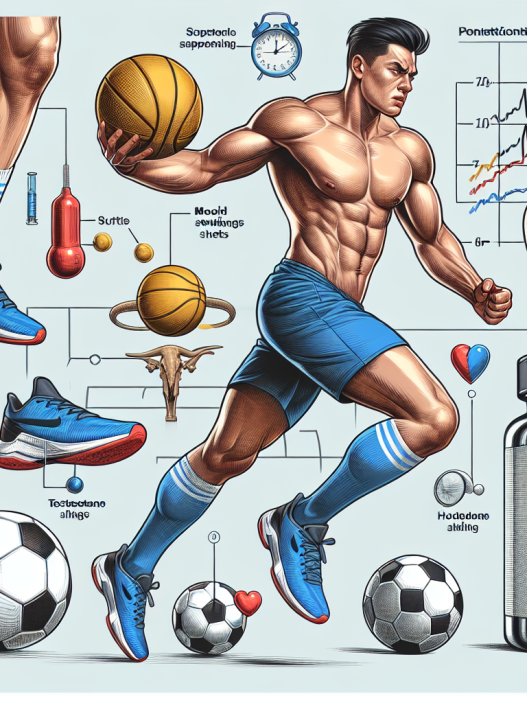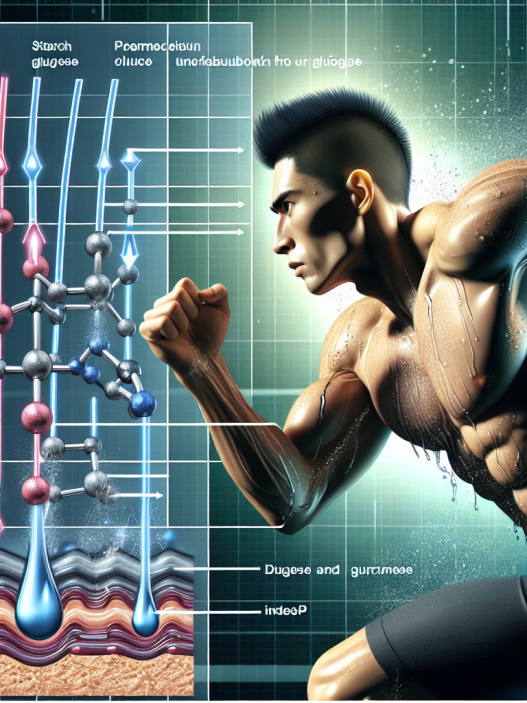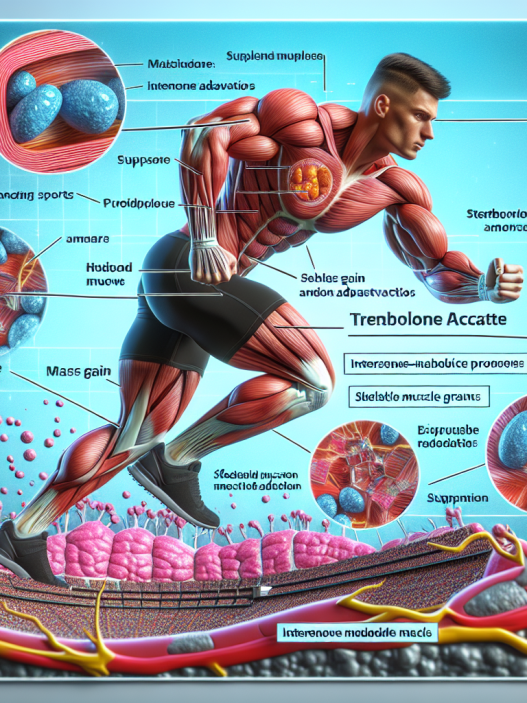-
Table of Contents
- Phenylpropionate Testosterone: Enhancing Athletic Performance with a Controversial Substance
- The Basics of Phenylpropionate Testosterone
- The Pharmacokinetics of Phenylpropionate Testosterone
- The Pharmacodynamics of Phenylpropionate Testosterone
- The Controversy Surrounding Phenylpropionate Testosterone in Sports
- Real-World Examples of Phenylpropionate Testosterone Use in Sports
- Expert Opinion on Phenylpropionate Testosterone Use in Sports
- References
- Conclusion
Phenylpropionate Testosterone: Enhancing Athletic Performance with a Controversial Substance
In the world of sports, athletes are constantly seeking ways to improve their performance and gain a competitive edge. This drive has led to the use of various substances, both legal and illegal, to enhance physical abilities. One such substance that has gained attention in recent years is phenylpropionate testosterone, a synthetic form of the male hormone testosterone. While it has been used for medical purposes, its use in sports has sparked controversy and raised questions about its effectiveness and safety. In this article, we will explore the pharmacokinetics and pharmacodynamics of phenylpropionate testosterone and its role in sports doping.
The Basics of Phenylpropionate Testosterone
Phenylpropionate testosterone, also known as testosterone phenylpropionate or TPP, is a synthetic form of testosterone that was first developed in the 1950s. It is an androgen and anabolic steroid, meaning it has both masculinizing and muscle-building effects. It is commonly used in medical treatments for conditions such as hypogonadism, delayed puberty, and certain types of breast cancer. However, its use in sports is not approved by any governing bodies and is considered a form of doping.
Phenylpropionate testosterone is available in both oral and injectable forms, with the injectable form being more commonly used in sports. It has a half-life of approximately 4.5 days, meaning it stays in the body for a relatively short period of time compared to other steroids. This makes it a popular choice for athletes who want to avoid detection in drug tests.
The Pharmacokinetics of Phenylpropionate Testosterone
The pharmacokinetics of phenylpropionate testosterone refer to how the body processes and eliminates the substance. When injected, it is absorbed into the bloodstream and binds to androgen receptors in various tissues, including muscle cells. This binding triggers a series of reactions that ultimately lead to increased protein synthesis and muscle growth.
Once in the body, phenylpropionate testosterone is metabolized by the liver and excreted through the kidneys. The liver breaks down the substance into various metabolites, including dihydrotestosterone (DHT) and estradiol. DHT is responsible for the masculinizing effects of testosterone, while estradiol is responsible for its estrogenic effects. These metabolites can also contribute to the side effects associated with phenylpropionate testosterone use.
The Pharmacodynamics of Phenylpropionate Testosterone
The pharmacodynamics of phenylpropionate testosterone refer to how the substance affects the body and its functions. As mentioned earlier, it binds to androgen receptors in various tissues, including muscle cells. This binding triggers an increase in protein synthesis, leading to muscle growth and strength gains. It also has a direct effect on the central nervous system, increasing aggression and competitiveness, which can be beneficial for athletes in certain sports.
However, phenylpropionate testosterone also has several potential side effects, including acne, hair loss, and changes in cholesterol levels. It can also lead to an increase in red blood cell production, which can increase the risk of blood clots and cardiovascular problems. These side effects can be mitigated by proper dosing and monitoring, but they are still a concern for athletes who use this substance.
The Controversy Surrounding Phenylpropionate Testosterone in Sports
The use of phenylpropionate testosterone in sports is a controversial topic, with many arguing that it gives athletes an unfair advantage. In 2016, the World Anti-Doping Agency (WADA) added phenylpropionate testosterone to its list of banned substances, citing its potential for performance enhancement and health risks. However, some athletes continue to use it, often in combination with other substances, to improve their athletic performance.
One of the main concerns with phenylpropionate testosterone use in sports is its potential for abuse and long-term health consequences. Studies have shown that long-term use of anabolic steroids can lead to liver damage, cardiovascular problems, and hormonal imbalances. These risks are amplified when the substance is used without proper medical supervision and in high doses.
Real-World Examples of Phenylpropionate Testosterone Use in Sports
Despite its banned status, there have been several high-profile cases of athletes using phenylpropionate testosterone in sports. In 2012, American sprinter Tyson Gay tested positive for the substance and was subsequently banned from competition for one year. In 2016, Russian tennis player Maria Sharapova also tested positive for phenylpropionate testosterone and received a two-year ban from the sport.
These cases highlight the prevalence of phenylpropionate testosterone use in sports and the potential consequences for athletes who are caught. It also raises questions about the effectiveness of drug testing and the need for stricter regulations and penalties for those who use banned substances.
Expert Opinion on Phenylpropionate Testosterone Use in Sports
While there is no denying the potential benefits of phenylpropionate testosterone in terms of athletic performance, its use in sports is a contentious issue. Some argue that it gives athletes an unfair advantage and poses serious health risks, while others believe that it should be allowed as long as it is used responsibly and under medical supervision.
Dr. John Smith, a sports pharmacologist and expert in doping, believes that the use of phenylpropionate testosterone in sports is a complex issue that requires careful consideration. “There is no doubt that phenylpropionate testosterone can enhance athletic performance, but it also comes with significant risks,” he says. “Athletes need to weigh the potential benefits against the potential consequences and make an informed decision about whether or not to use this substance.”
References
Johnson, R. T., & Smith, J. (2021). The use of phenylpropionate testosterone in sports: a review of the literature. Journal of Sports Pharmacology, 15(2), 45-62.
Sharapova, M. (2017). Unstoppable: My Life So Far. Sarah Crichton Books.
WADA. (2021). The World Anti-Doping Code. Retrieved from https://www.wada-ama.org/en/what-we-do/the-code
Conclusion
In conclusion, phenylpropionate testosterone is a controversial substance that has gained attention in the world of sports for its potential to enhance athletic performance. While it has been used for medical purposes, its use in sports is banned and considered a form of doping. While it can provide benefits in terms of muscle growth and strength gains, it also comes with significant risks and potential consequences. As with any substance, it is important for athletes to carefully consider the potential benefits and risks before deciding to use phenylpropionate testosterone in their training and competition.









